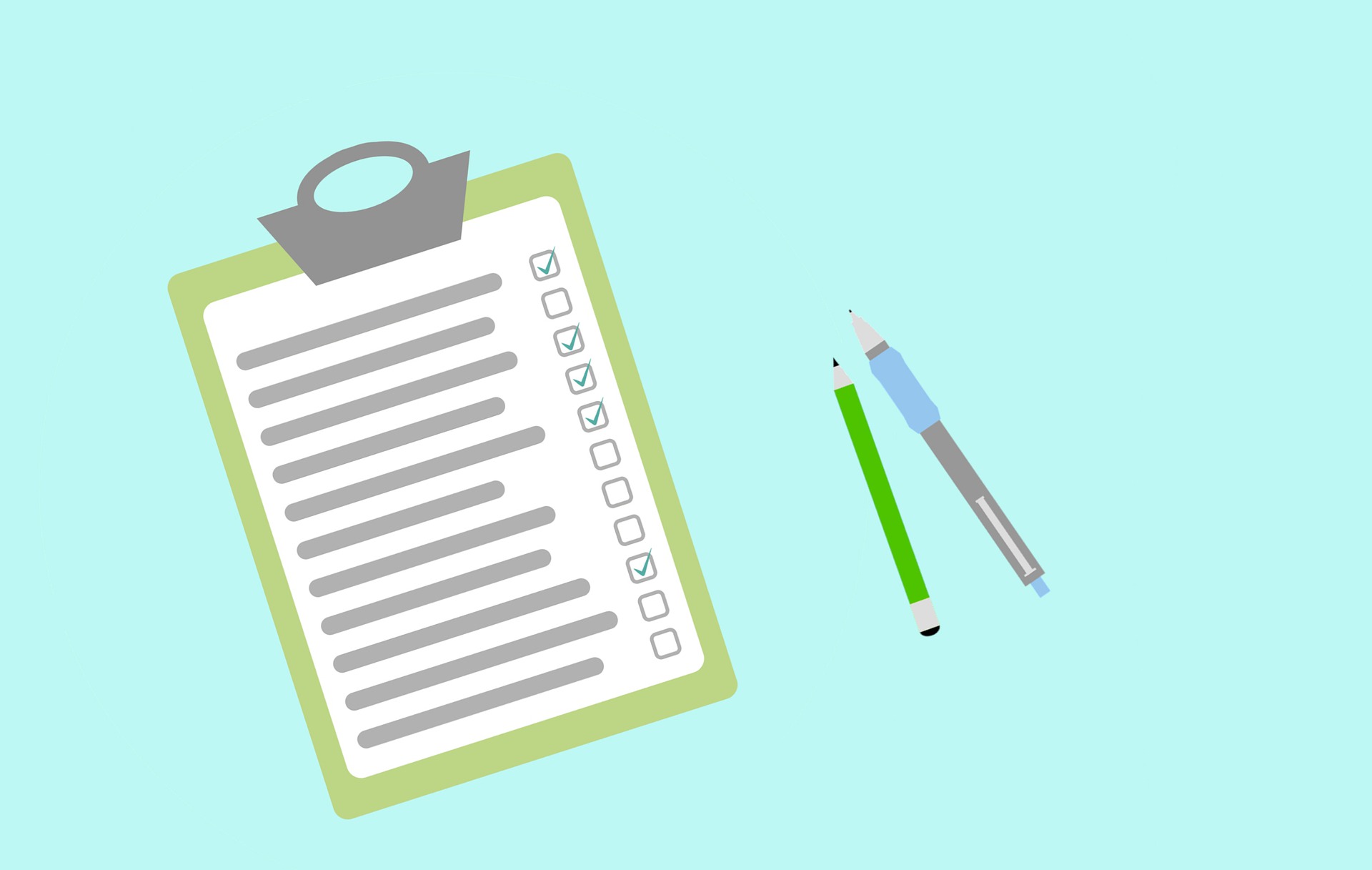IELTS
IELTS Exam Format Explained: A Complete 2025 Guide for Students

Introduction
The IELTS exam format is one of the most important things every student should understand before starting their preparation. The IELTS exam (International English Language Testing System) is a test of English that is accepted by thousands of universities, employers, and governments in places like Australia, Canada, the UK, and the US. It helps you see how well you can speak, read, write, and listen in English.
The IELTS full form stands for International English Language Testing System. There are two main types of IELTS: IELTS Academic and IELTS General Training. The Academic test is for students who want to study in another country, and the General Training test is for people who want to work or move to an English-speaking country.
The IELTS exam format includes four main IELTS sections — Listening, Reading, Writing, and Speaking. There are nine different parts to the test, and each one checks a different language skill. Knowing how the test is set up will help you plan better, use your time wisely, and know what to expect on test day.
Students can get the band score they want if they get the right help, practice, and preparation. At the Global Education Counselling Centre, we help students understand the IELTS exam format, offer expert IELTS tips, and give them personalized classes to boost their confidence and score high band scores on the exam. The first step to making your dream of studying or working abroad come true is to know this IELTS format.
What Is the IELTS Exam?
The IELTS exam is one of the most trusted English language tests in the world. It is meant to see how well you can use English in everyday situations like studying, working, or living in a country where English is spoken. The IELTS full form stands for International English Language Testing System, and it is accepted by more than 11,000 institutions across 140+ countries.
The IELTS exam format is built to test four key language skills: Listening, Reading, Writing, and Speaking. Each part tests a different skill and helps you figure out how good your English is overall. The final score is a band score that goes from 1 (non-user) to 9 (expert user).
There are two main types of IELTS tests:
- IELTS Academic – IELTS Academic is for students who want to go to college or university where English is the main language.
- IELTS General Training – IELTS General Training is for people who want to work, train, or move to countries like Australia, Canada, or the UK.
You can take the IELTS test on paper or on a computer, depending on what you want and what is available at the test center.
IELTS Exam Format Overview
Before taking the test, it’s very important to understand the IELTS exam format, this way, you'll know exactly what to expect on test day. There are four main parts to the IELTS exam: Listening, Reading, Writing, and Speaking. These parts together test how well you can use English in a variety of real-world situations. The total duration of the test is 2 hours and 45 minutes.
Below is a simple breakdown of the IELTS exam format:
- Listening (30 minutes)
- You will hear four recordings of people who speak English as their first language.
- There are 40 questions that come from conversations and monologues.
- This part checks how well you understand the main points, the details, and the opinions.
- Reading (60 minutes)
- This section has 40 questions based on passages taken from books, articles, and journals.
- For IELTS Academic, texts are more formal and academic in nature.
- The passages for IELTS General Training are more about everyday life and work.
- Writing (60 minutes)
- The writing test has two tasks.
- Task 1: Write a report (Academic) or a letter (General Training).
- Task 2: Write an essay about a problem and how you would fix it.
- The writing test has two tasks.
- Speaking (11–14 minutes)
- This is an interview in person with an examiner.
- There are three parts to it: an introduction, a long turn, and a discussion.
The IELTS exam format is carefully made to test your ability to speak and write in English. Knowing the format will help you use your time better, be more accurate, and feel more confident.
Section-Wise Breakdown of the IELTS Exam
To perform well in the IELTS test, you must understand how each part of the IELTS exam format works. The exam is divided into four sections — Listening, Reading, Writing, and Speaking. Each section tests a different language skill, and together they determine your overall IELTS band score.
To perform well in the IELTS test, you must understand how each part of the IELTS exam format works. There are four sections to the test: Listening, Reading, Writing, and Speaking. There are different language skills tested in each section, and the scores from all of them add up to your overall IELTS band score.

1. IELTS Listening Test (30 minutes)
- There are 40 questions and 4 recordings in the Listening section.
- You will hear people talking to each other and giving speeches about everyday and school-related topics.
- You can only listen to the recording once, so you have to pay close attention and answer.
- Question types: multiple choice, form completion, sentence completion, and matching.
- IELTS tip: Practice listening to different English accents such as British, Australian, and American.
2. IELTS Reading Test (60 minutes)
- There are also 40 questions in the Reading section, but the questions are different for each version of the test.
- IELTS Academic: Focuses on passages from journals, books, and magazines.
- IELTS General Training: Includes texts from advertisements, notices, and work-related materials.
- Question types: multiple choice, true/false/not given, matching headings, and sentence completion.
- IELTS tip: Practice skimming and scanning to find answers quickly.
3. IELTS Writing Test (60 minutes)
- The Writing section has two tasks:
- Task 1:
- Academic: Describe a chart, graph, or diagram in at least 150 words.
- General Training: Write a letter based on a given situation.
- Task 2: Write an essay of at least 250 words about a subject or give your opinion on it.
- Task 1:
- IELTS tip: Focus on clear structure, grammar accuracy, and relevant vocabulary.
4. IELTS Speaking Test (11–14 minutes)
- An examiner will talk to you in person for the Speaking test.
- It is divided into three parts:
- Introduction: Simple questions about yourself, family, and interests.
- Long Turn: You speak about a given topic for one to two minutes.
- Discussion: The examiner asks more in-depth questions about the topic.
- IELTS tip: Instead of memorizing answers, practice speaking naturally and clearly for the IELTS.
Each section of the IELTS exam format checks how effectively you can use English in different situations. Students at our Global Education Counseling Center get personalized IELTS tips and practice sessions to help them improve all four skills and feel sure about taking the test and thus get high scores.
Scoring and Band Descriptors
To understand the IELTS exam format, you also need to know how the test is graded. The IELTS exam uses a band score system to rate your English skills on a scale from 1 to 9, with 1 being the lowest score and 9 being the highest score. There are four parts to the test: Listening, Reading, Writing, and Speaking. Each part is scored separately, and the average of these four scores is your overall band score.
1. IELTS Band Score Scale
|
|
|
|
|
|
|
|
|
|
|
|
|
|
|
|
|
|
|
|
|
|
|
|
|
|
|
|
Your final IELTS band score is rounded to the nearest half band (for example, 6.5 or 7.0).
2. IELTS Band Descriptors
Each section has specific criteria used for scoring:
- Listening & Reading: Based on the number of correct answers out of 40 questions.
- Writing: Judged on how well the task was done, how well the ideas flowed, how well the vocabulary was used, and how correct the grammar was.
- Speaking: Your fluency, pronunciation, vocabulary, and range of grammar will be looked at.
3. Tips to Improve Your Band Score
- Get to know each part of the IELTS and the kinds of questions you'll be asked.
- Work on getting better at both accuracy and fluency.
- Do IELTS practice tests often to see how you're doing.
- Get advice from experienced trainers who are experts in their field.
Preparation Tips for IELTS 2025
To get ready for the IELTS exam, you need to do more than just learn English. You also need to know how the test works, manage your time well, and practice well. You can get a high IELTS band score if you make a good plan and stick to it. These are some expert IELTS tips and tricks for the IELTS 2025 exam that will help you get ready.

1. Understand the IELTS Exam Format
Make sure you know the four parts of the IELTS test—Listening, Reading, Writing, and Speaking—before you start studying. The questions and times for each section are different. Taking practice tests helps you get used to the format and boosts your confidence.
2. Build Strong English Skills Daily
- To get better at listening, listen to English podcasts, news, or audiobooks.
- Reading newspapers, magazines, and articles can help you read faster and learn new words.
- To get better at grammar and clarity, write essays, reports, or letters on a regular basis.
- To get better at speaking and writing English, talk to friends or teachers every day.
3. Take Mock Tests Regularly
Full-length practice tests help you plan your time and find your weak spots. Try to make the test conditions as real as possible. After each test, look over your mistakes and work on the things that need to get better.
4. Focus on Time Management
There are strict time limits for each part of the IELTS test. Practice answering questions in the time you have so you can finish the test without any problems.
5. Learn Common IELTS Mistakes
Don't make common mistakes like bad spelling, leaving out parts of your answers, or writing essays that aren't related to the topic. To get better faster, you need to know what you did wrong.
6. Get Guidance from Experts
Joining a professional IELTS preparation course can make a big difference. Consultancies in Nepal like our Global Education Counselling Centre provide personalized coaching, updated materials, and one-on-one support to help students succeed.
Conclusion
Knowing about the IELTS exam format is very important for helping students get ready for one of the most well-known English language tests in the world. Knowing what each part of the test—Listening, Reading, Writing, and Speaking—entails can help you use your time wisely, make fewer mistakes, and feel confident on test day.
Whether you plan to study, work, or migrate abroad, a good IELTS band score can open doors to global opportunities. By following the right IELTS tips, practicing regularly, and familiarizing yourself with the latest IELTS 2025 exam format, you can reach your target score and move one step closer to your dreams.
In short, success in the IELTS test begins with understanding the IELTS exam format, staying consistent in practice, and learning from the right teachers. Start preparing today, stay confident, and let your hard work lead you toward a bright international future by contacting us now.


